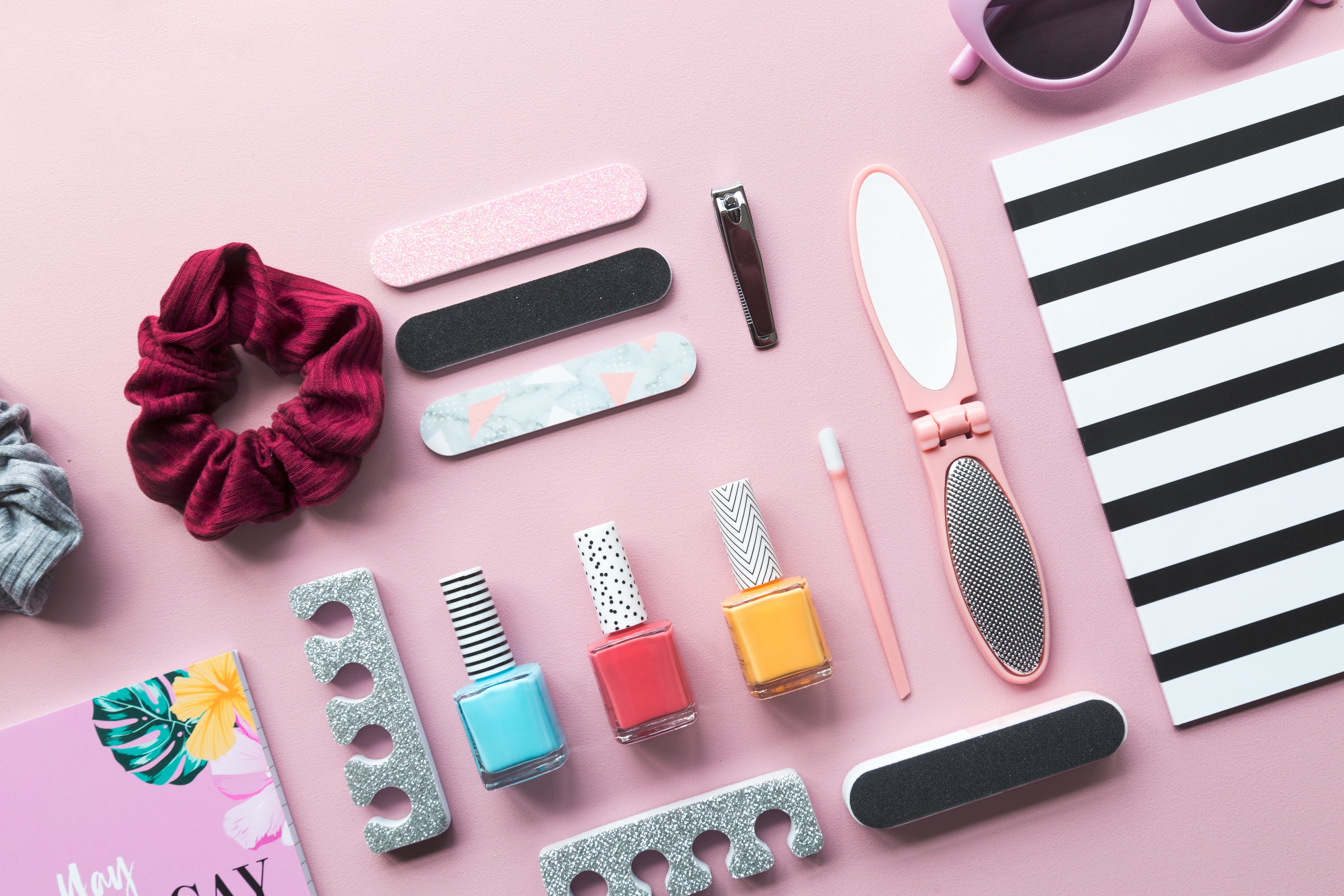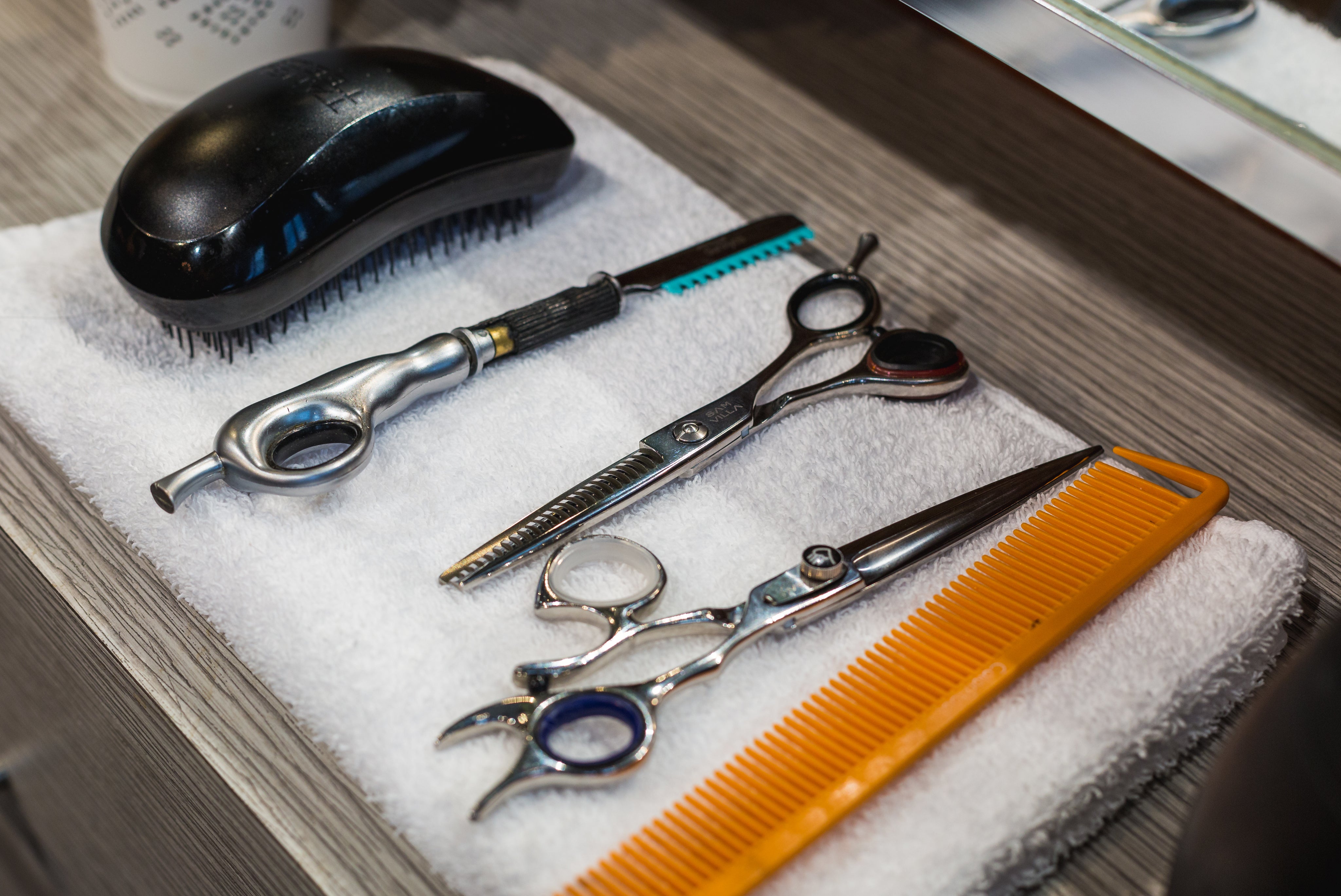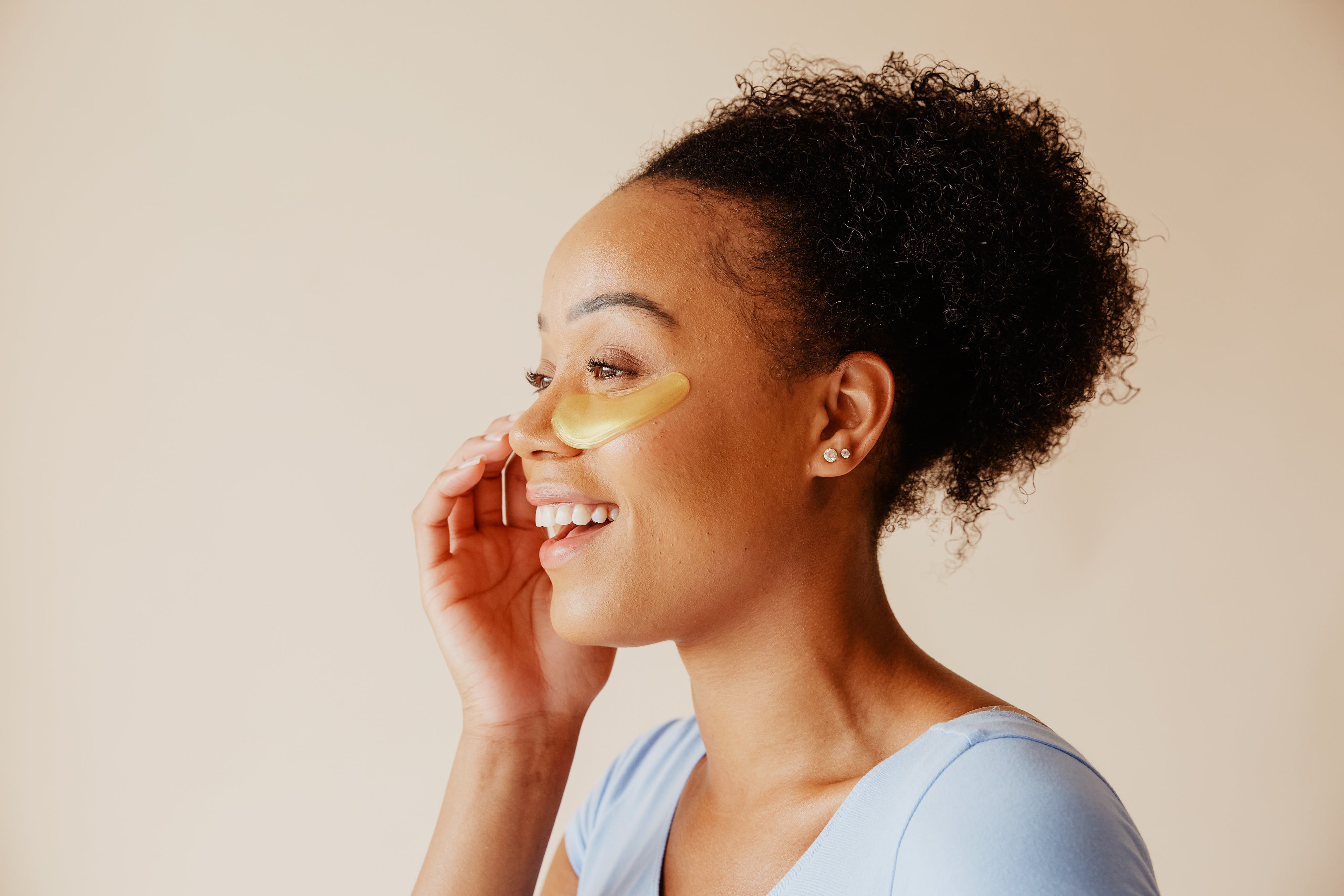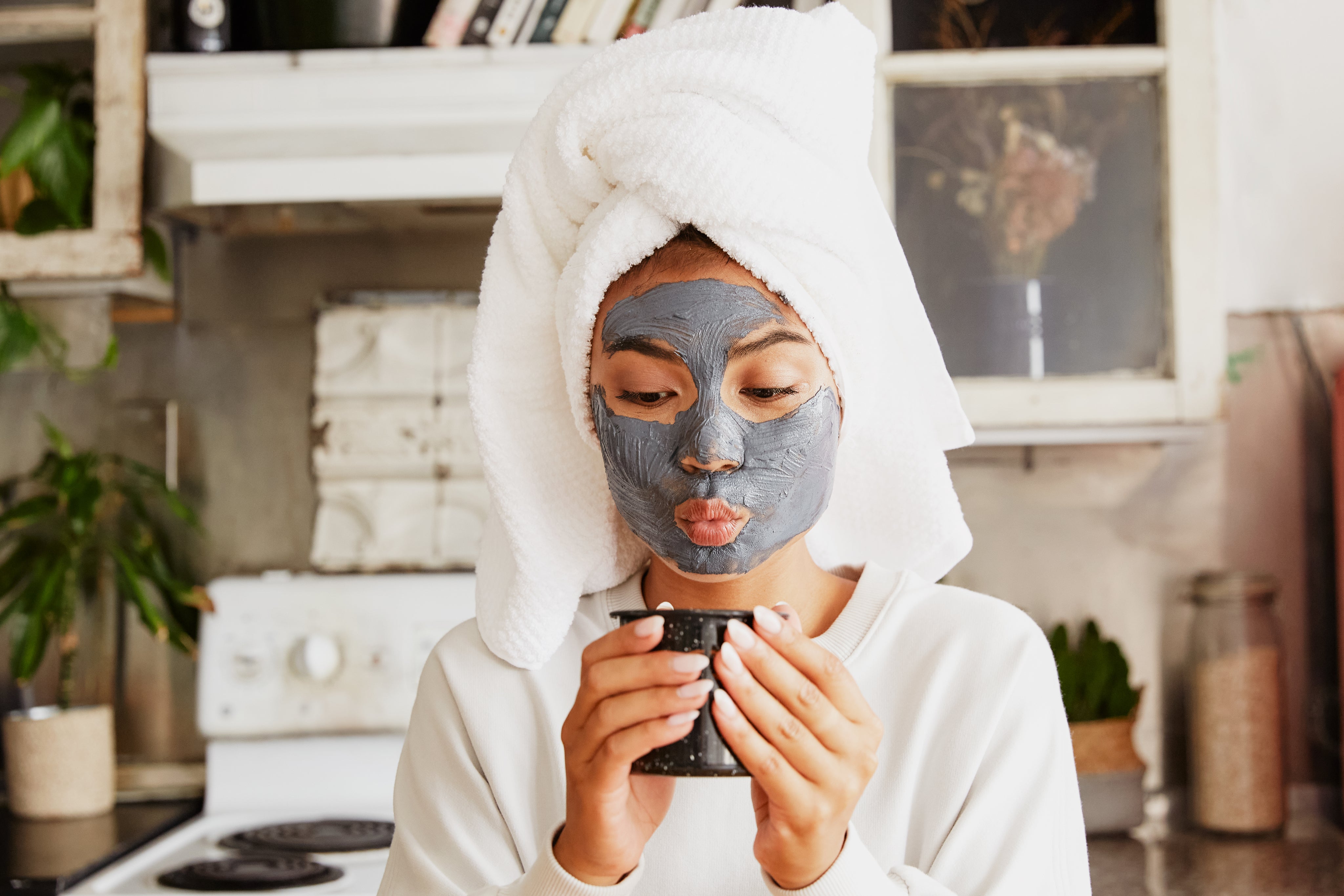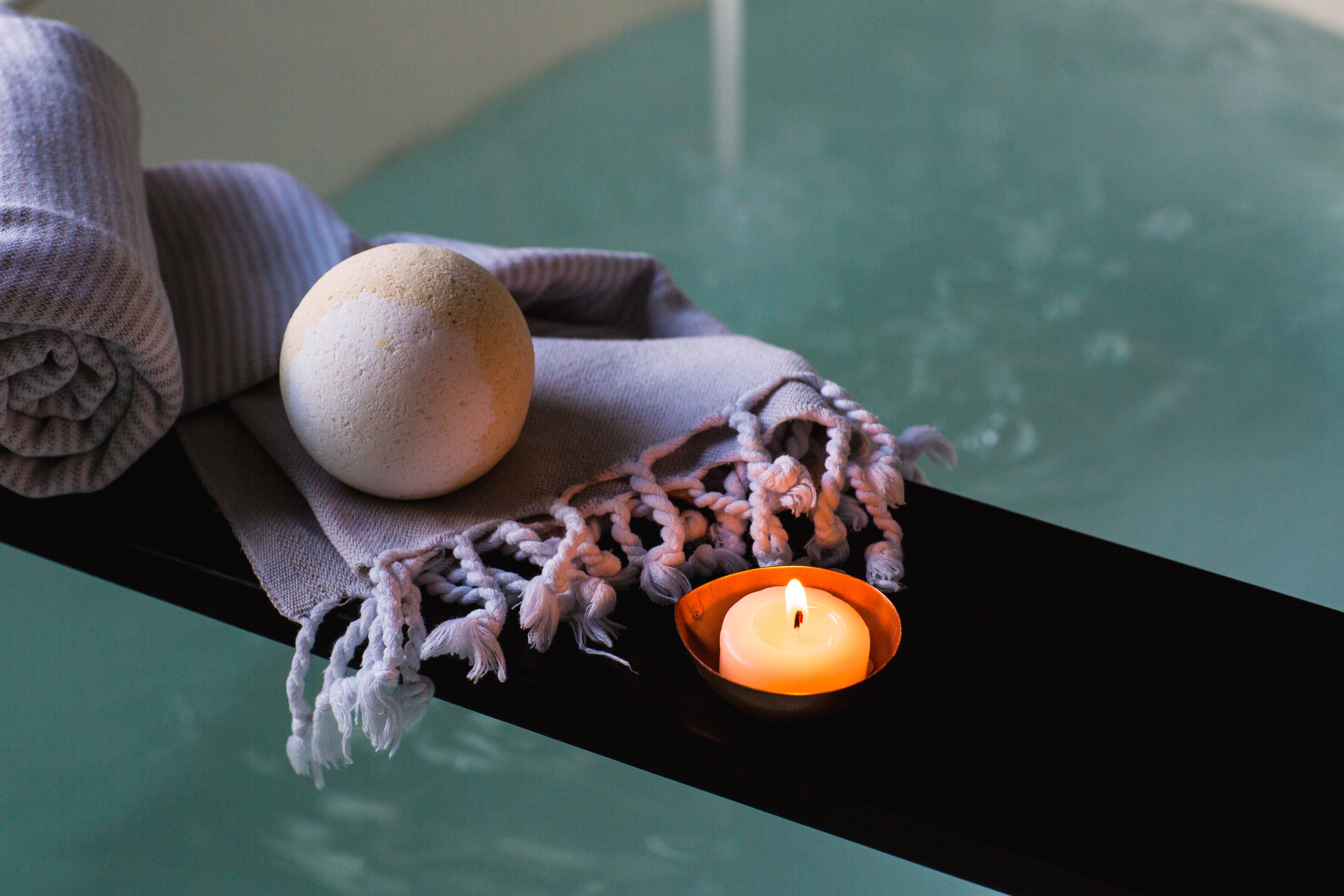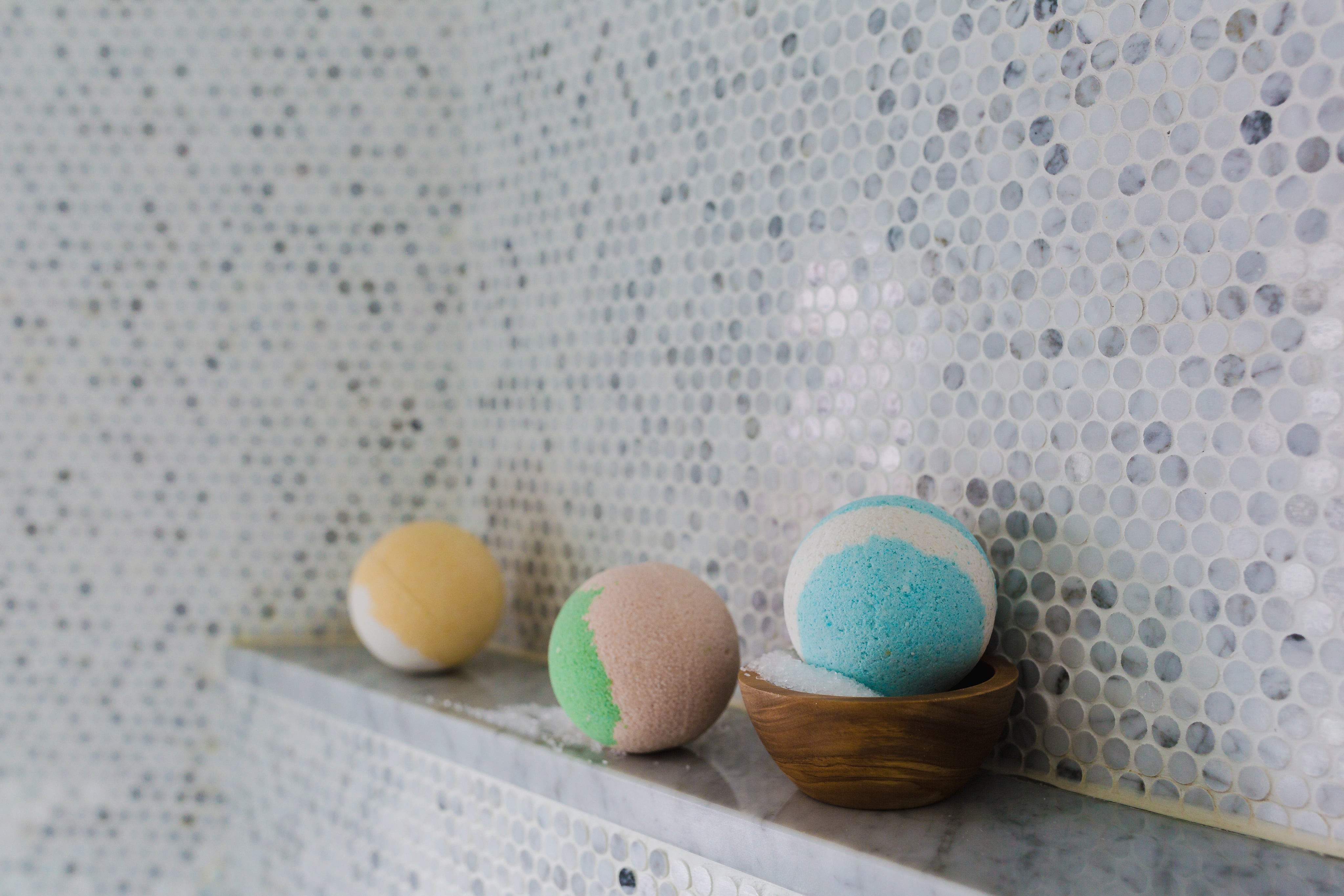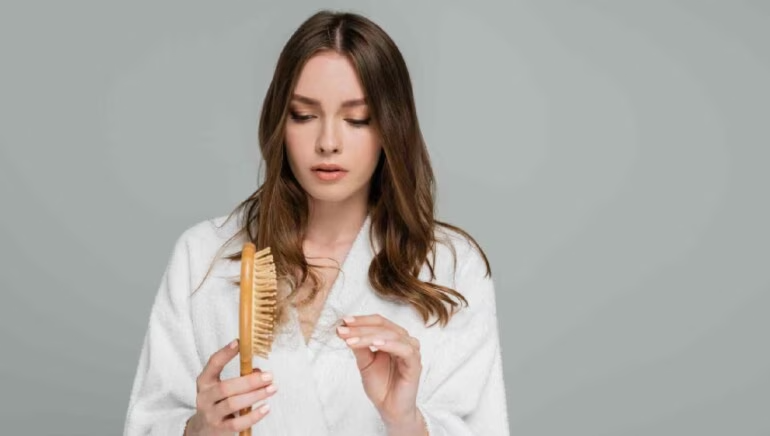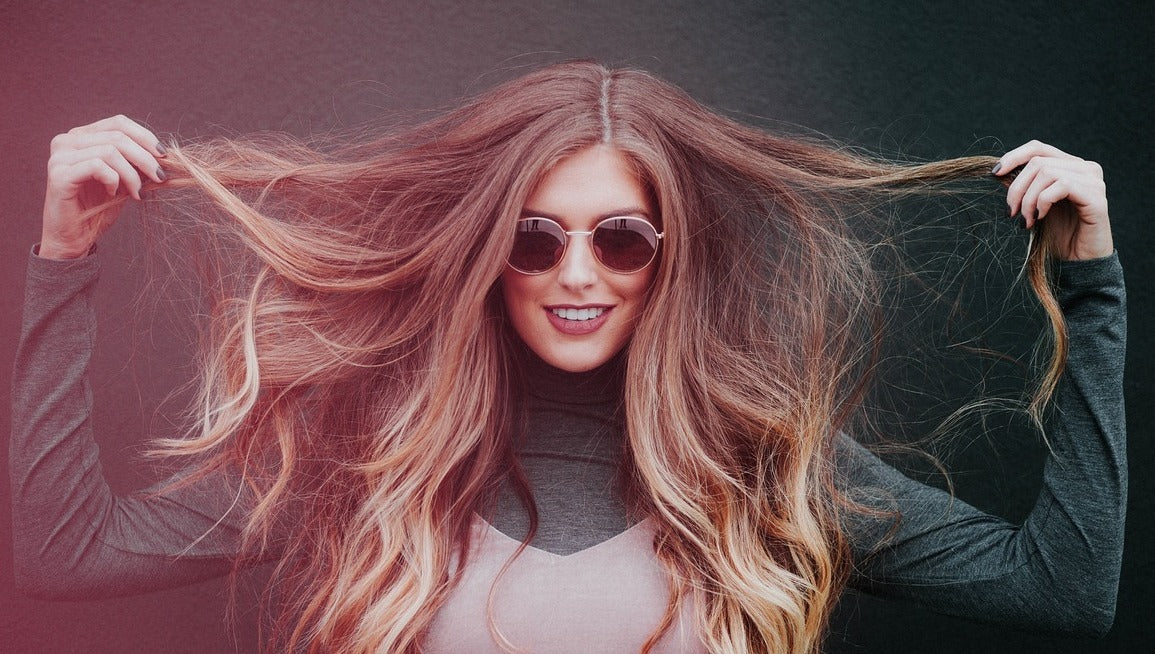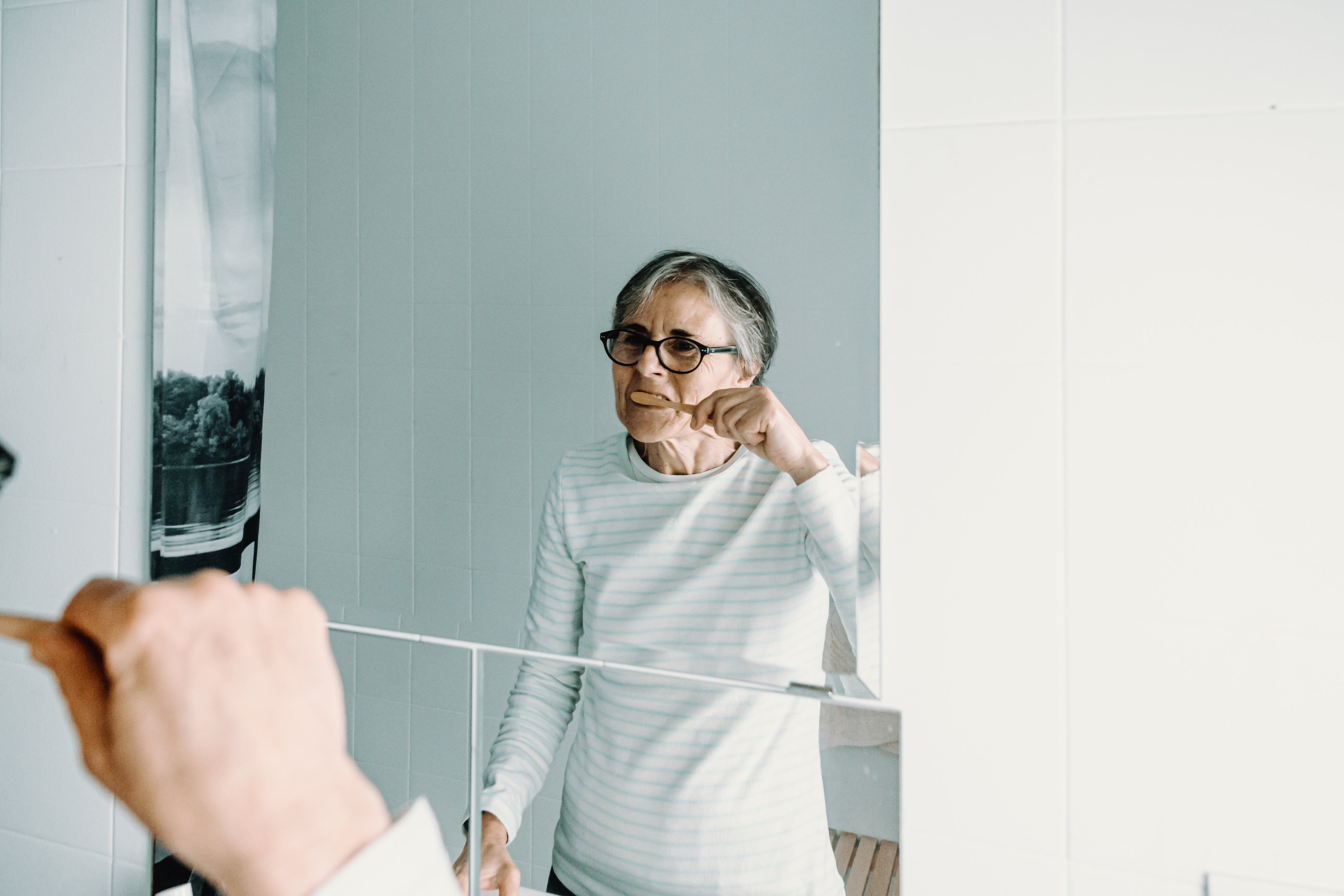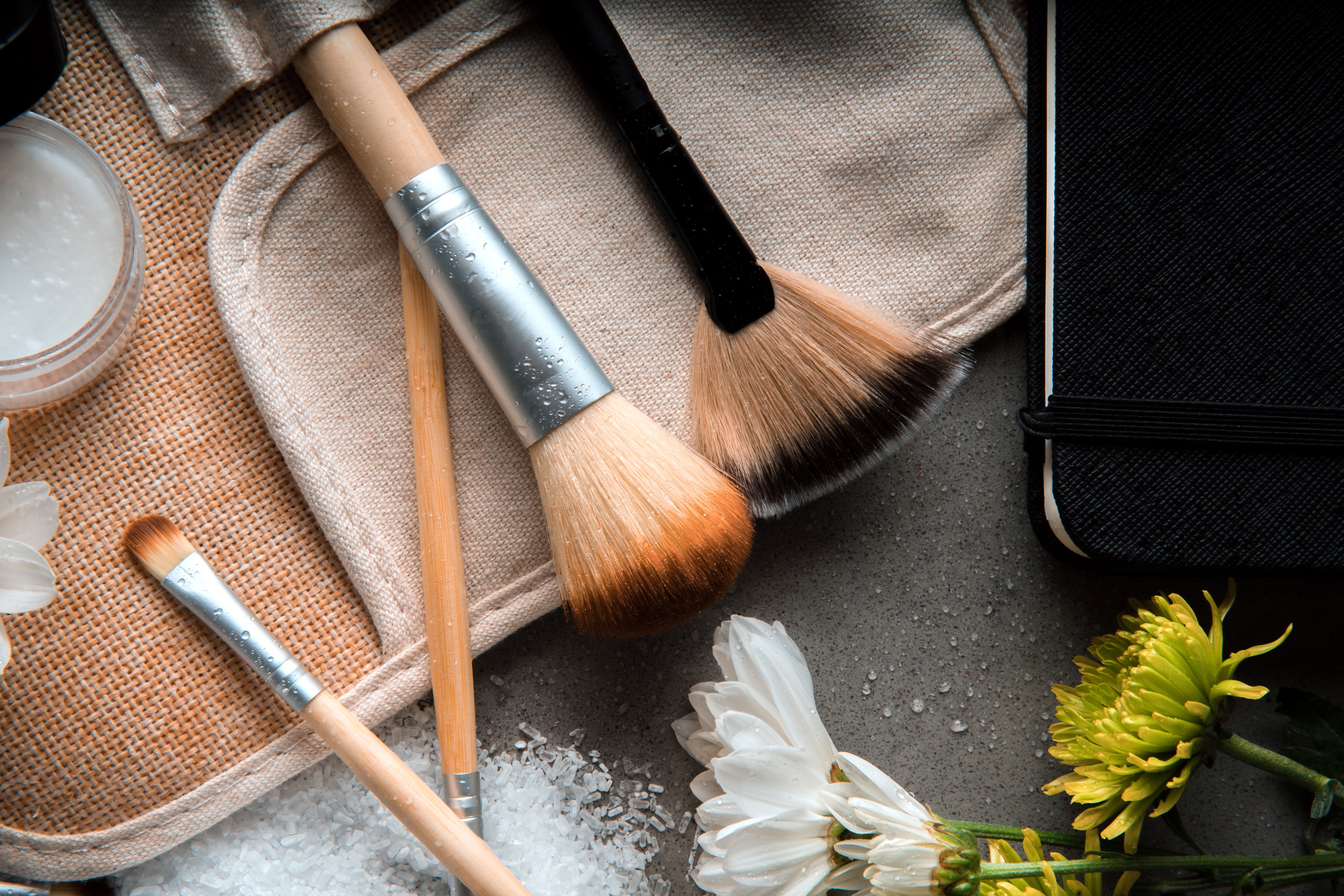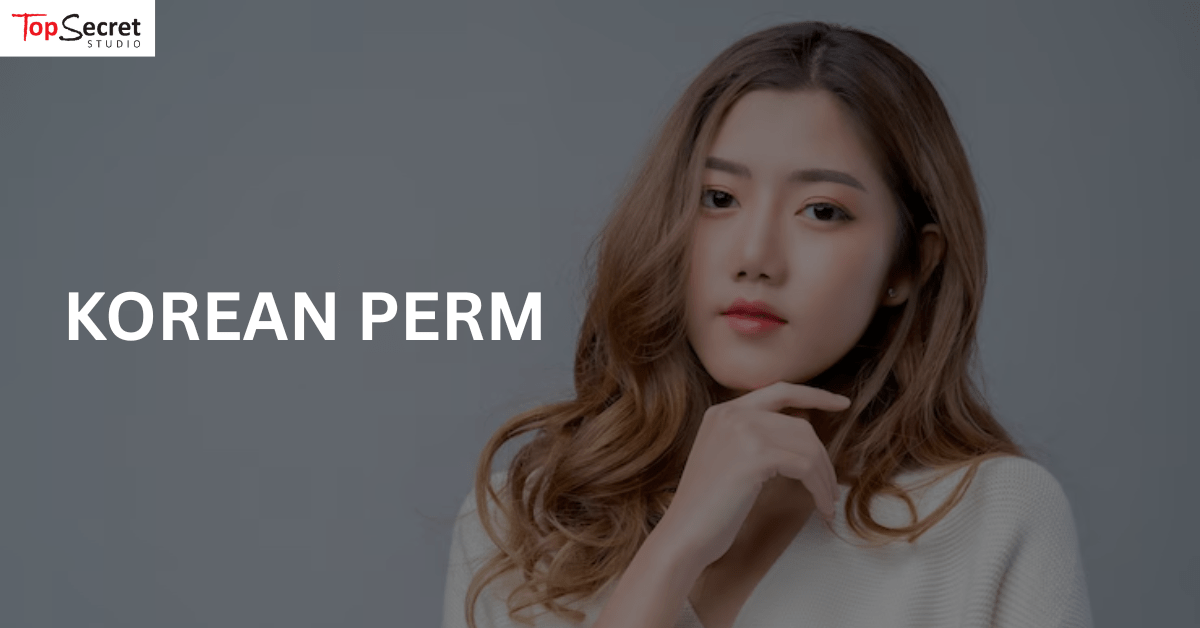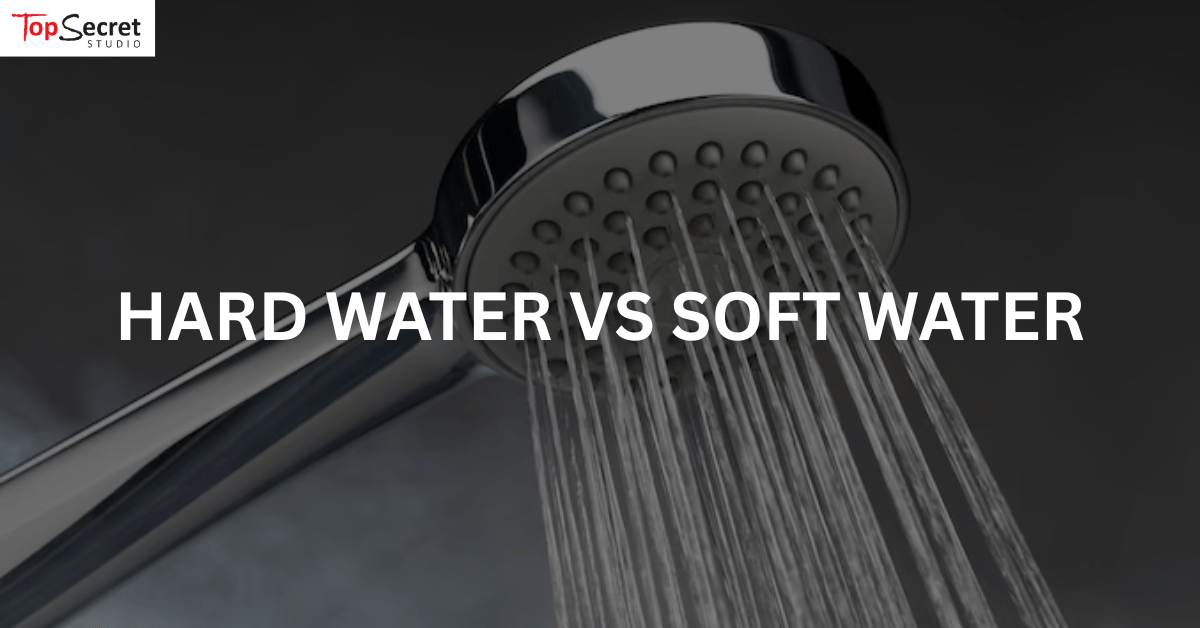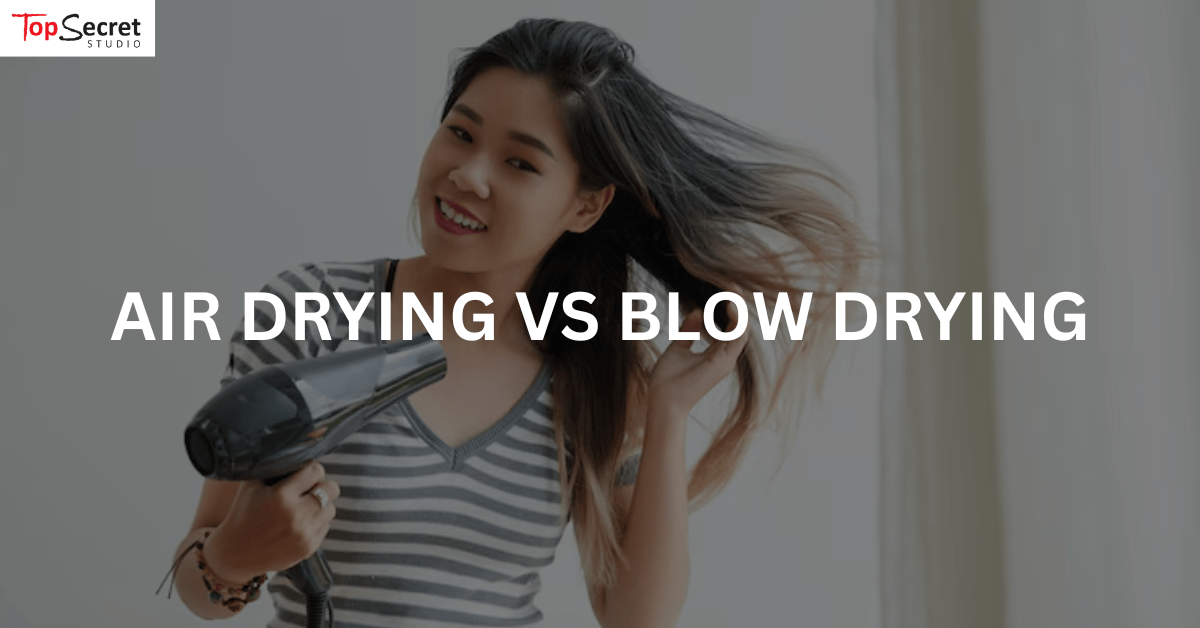
Air Drying vs. Blow Drying: What’s Better for Your Hair?
Drying your hair might seem like a small part of your routine, but how you do it can have long-term effects on hair health, texture, and overall look.
For many who live in hot and humid climates, the hair care decision between air drying and blow drying isn't just about convenience, it's about controlling frizz, keeping the scalp healthy, and avoiding unnecessary damage to your fabulous hair.
Today, we will look at the differences between air drying and blow drying hair, explore their pros and cons, and help you choose what works best for your hair type and daily needs. So, let’s get started.
Why the Way You Dry Hair Matters
Hair is most vulnerable when it’s wet. The cuticle (outer layer) is lifted, and the strand stretches more easily, which increases the risk of breakage. That’s why drying technique plays a major role in keeping your hair strong and manageable.
Yes, even rubbing a towel roughly on your hair can affect its breakage. But it’s important to know that it isn’t about picking a side, it’s about understanding what each method does and how it affects your scalp and strands.
Air Drying Hair
Letting your hair air dry sounds easy enough, no tools, no effort and let it hang free. But depending on your hair type and the weather, it can lead to results that aren’t always ideal.
Benefits of Air Drying
-
No exposure to heat
Air drying skips heated styling tools entirely, which helps reduce the risk of weakened strands, split ends, and overall dryness caused by high temperatures.
-
Encourages your hair’s natural shape
Allowing your hair to dry without interference helps it settle into its natural pattern, which can enhance curls, waves, or body.
-
Doesn’t strip the hair’s natural moisture barrier
When you air dry, your hair retains more of its natural oils, which helps keep it hydrated and less prone to brittleness.
Disadvantages of Air Drying
-
Can take hours to dry, especially for thick or long hair
Hair that’s thick, curly, or long can remain damp for an extended time, sometimes taking several hours to dry fully.
-
Lead to frizz, puffiness, or scalp discomfort
High humidity slows evaporation, so water sits on the hair longer. The combination of moisture and heat can also make the scalp feel itchy or sticky, especially if there’s product buildup.
-
May encourage fungal growth or scalp sensitivity
When your scalp stays damp for an extended period, it becomes more susceptible to irritation or fungal issues like dandruff or itching. This is especially common if you tie your hair up, wear a headcovering or helmet while it’s still wet, trapping moisture close to the scalp.
“Leaving hair to dry naturally might sound harmless, but it can actually cause more harm if done too often in humid or damp conditions.”
Best Practices for Air Drying:
- Gently squeeze out excess water using a microfibre towel or cotton T-shirt
- Apply a lightweight leave-in conditioner or frizz-control cream on damp hair
- Detangle using a wide-tooth comb while the hair is still wet
- Avoid touching your hair too much while it’s drying, this can create frizz
Blow Drying Hair
Blow drying is often favoured for its speed and styling control, but it's also the method most commonly linked with damage, especially when used carelessly or without protection.
Benefits of Blow Drying
-
Faster drying time
Blow drying takes around 10 to 20 minutes to fully dry your hair, depending on thickness and length. This is perfect for those with busy routines or hectic schedules.
-
Reduces time your scalp stays wet
A damp scalp for long periods can lead to discomfort, especially in warm climates. Blow drying helps remove excess moisture from the roots efficiently, lowering the risk of musty smells.
-
Allows for styling control
With the right brush and technique, blow drying gives you the flexibility to shape your hair the way you like. It’s especially useful for fine hair that lacks body or for taming curls when you want a smoother finish.
Disadvantages of Blow Drying
-
High heat can weaken protein bonds in the hair
Frequent exposure to intense heat can damage the keratin structure within your hair, leading to brittleness, dullness, and split ends.
-
Daily use without protection may lead to split ends or brittle hair
Blow drying without a thermal barrier like a heat protectant spray allows direct heat to strip away moisture. Over time, this can make the hair shaft dry and prone to breakage.
-
Can flatten hair if overused on fine textures
If you blow dry fine or limp hair too often, it may start to look flat or greasy faster. Excessive heat can also collapse the hair's natural bounce, making it harder to hold volume throughout the day.
“Heat isn’t the enemy, it’s unprotected heat that causes trouble. The right technique and prep make all the difference.”
Safe Blow Drying Tips:
- Tower dry first before using the blow dryers, you want damp hair not dripping.
- Apply a heat protectant before turning on the dryer.
- Use a medium heat setting, not the highest.
- Keep the dryer moving, don’t concentrate it in one spot.
- Finish with a cool shot to seal the cuticle and lock in shine.
Quick Comparison Table Between Air Dry and Blow Dry
|
Feature |
Air Drying |
Blow Drying |
|
Drying Time |
Slow (1–3+ hours) |
Fast (10–30 minutes) |
|
Frizz Control |
Can increase frizz in humidity |
Can smooth hair with technique |
|
Styling Flexibility |
Limited |
High volume, smoothness, shape |
|
Damage Risk |
Low (no heat) |
Higher (if no heat protection) |
|
Best For |
Natural waves/curls, low-maintenance |
Styled looks, time-saving |
|
Common Pitfalls |
Scalp issues, undefined shape |
Heat damage, flyaways |
Picking The Best Drying Method
There’s no single answer that works for everyone and as cliche as this is, the best drying method often depends on your hair type, scalp needs, lifestyle, and what look you’re going for. Here’s a simple comparison to help guide your choice:
|
Factor |
Air Drying |
Blow Drying |
|
Hair Type |
Great for curly or wavy textures when using curl creams. Can weigh down fine hair and leave it flat. |
Helps add volume to fine or limp hair. Speeds up drying for thick or coarse types. |
|
Scalp Health |
Prolonged dampness may lead to irritation or fungal issues, especially if tied up or covered while wet. |
Keeps the scalp dry and clean. Can prevent itchiness or buildup in warm, humid conditions. |
|
Time & Routine |
Works well when you have time to let your hair dry naturally without rushing. |
Best for tight schedules. Just don’t skip heat protectant to avoid damage. |
|
Styling Goals |
Best for natural, low-maintenance looks. Minimal control over shape or finish. |
Ideal for structured styles — volume, straightness or defined blowouts are easier to achieve. |
“Not sure which to pick? You can air dry partway, then finish with a blow dryer to style — a middle ground that works for many.”
Hair Products That Support Either Method
No matter how you prefer to dry your hair, the right hair care products can make a noticeable difference. They help maintain moisture, reduce breakage, and improve the overall finish. But don’t worry, you don’t need to go out of your way to get a specific brand, execution and application matters more.
If You Air Dry:
Moisturising conditioner
A nourishing conditioner helps lock in hydration after washing, especially if your hair tends to feel dry or dull. It creates a smoother surface and reduces tangles, which is helpful when you're not using heat to shape your strands.
Leave-in serum or cream
Using a leave-in product adds softness and definition as your hair dries. It also helps shape natural waves or curls, preventing them from looking fluffy or shapeless once fully dry.
Anti-frizz spray
Singapore’s very dreaded humidity can undo all your good work, especially if your hair puffs up easily. A lightweight anti-frizz spray creates a barrier to help calm the cuticle and reduce flyaways, leaving your hair more polished even without heat.
If You Blow Dry
Lightweight shampoo and conditioner
Products that are too rich can weigh your hair down, especially if you're blow drying for volume or bounce. Lighter formulas cleanse without residue, giving your hair a fresher, fuller finish after styling.
Heat protectant spray
A heat protectant acts as a buffer between your hair and the dryer, shielding strands from high temperatures. It’s one of the simplest ways to reduce damage, breakage, and long-term dryness linked to daily blow drying.
Smoothing cream or serum
Once your hair is dry, a small amount of finishing product can add shine and control. It’s especially helpful for taming frizz, sealing split ends, and keeping everything in place throughout the day.
Common Myths Debunked
There’s plenty of advice out there about drying your hair, but not all of it is accurate. Let’s clear up a few common misconceptions, so you can make informed choices based on facts, not hearsay.
Myth 1: Air drying is always better for your hair.
Air drying sounds gentle, but it's not automatically the safer option. Leaving your hair wet for too long can cause swelling in the hair shaft, encourage scalp irritation, or even contribute to fungal issues.
Myth 2: Blow drying ruins your hair no matter what.
Heat can cause damage, but that doesn’t mean blow drying is automatically bad. With proper technique, including using a heat protectant and keeping the dryer at a safe distance,, you can style your hair safely and maintain its health.
Myth 3: You should never blow dry curly or textured hair.
Many assume blow drying will “flatten” or damage curly hair, but with the right diffuser attachment and low heat, it can actually enhance curl definition and cut drying time. In fact, some curl patterns respond better to diffused drying than air drying, which may cause uneven results or frizz.
Myth 4: More heat means faster and better results.
Cranking up the heat may seem like a shortcut, but it can fry the outer layer of your hair before the inner part even dries. Moderate heat and controlled airflow are more effective in the long run.
Choose What’s Best for Your Hair
So, air drying or blow drying, which one wins? Honestly, there’s no universal rule. It all comes down to what your hair needs, how much time you have, and what kind of finish you’re aiming for.
At Top Secret, we believe great hair starts with understanding what works for you, and not by forcing one method to fit every head. Whichever approach you go with, the real secret lies in how you care for your hair before, during, and after drying.
That’s why we’ve curated a range of haircare essentials to help you maintain healthier, stronger, and more manageable hair, no matter your routine.
Still unsure what your hair needs? Explore our hair treatment collections based on your hair concern! From dryness and frizz, to volume and scalp care, you will find a plethora of products that work with you and not against you.
Frequently Asked Questions About Air Drying vs. Blow Drying
Can I Air-Dry My Hair Overnight?
You can, but it’s not ideal. Sleeping with wet hair may lead to breakage, scalp discomfort, or even fungal issues if the roots stay damp too long.
Is Blow Drying with Cold Air Less Damaging?
Yes. Using a cool setting (such as an air conditioned room) helps set the style without heat damage and can smooth the cuticle without stripping moisture.
Does Air-Drying Cause Split Ends?
Not directly, but letting hair stay wet for too long can weaken the strands and make them more prone to damage when brushed or styled later.
Should I Comb or Brush My Hair While Air-Drying?
It's best to gently detangle with a wide-tooth comb while the hair is still damp. Brushing dry hair can cause frizz and disrupt natural texture.
How Far Should I Hold the Hairdryer from My Head?
About 15 to 20 cm is a safe distance. Holding it too close can burn the scalp or cause unnecessary heat damage.
Is It Okay to Blow Dry Every Day?
Daily blow drying isn’t ideal, but if you must, use a protectant and keep the heat low to reduce long-term stress on your strands.

